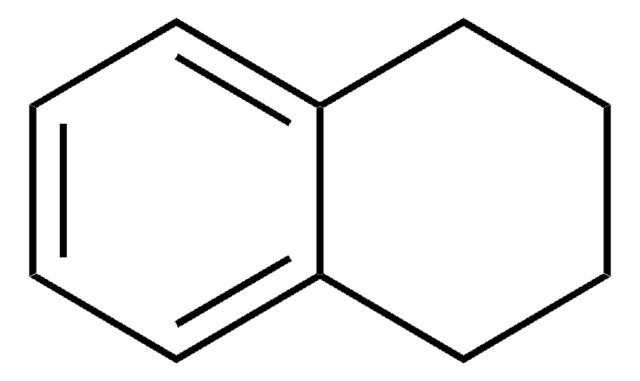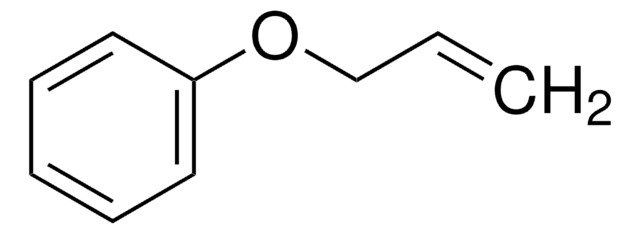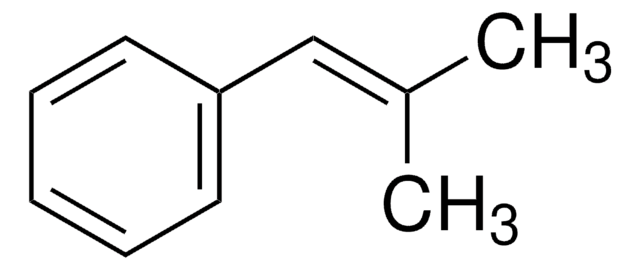P20602
4-Phenyl-1-butene
99%
Synonym(s):
3-Butenylbenzene
Sign Into View Organizational & Contract Pricing
All Photos(1)
About This Item
Linear Formula:
C6H5CH2CH2CH=CH2
CAS Number:
Molecular Weight:
132.20
EC Number:
MDL number:
UNSPSC Code:
12352100
PubChem Substance ID:
NACRES:
NA.22
Recommended Products
Quality Level
Assay
99%
refractive index
n20/D 1.507 (lit.)
bp
175-177 °C (lit.)
density
0.88 g/mL at 25 °C (lit.)
SMILES string
C=CCCc1ccccc1
InChI
1S/C10H12/c1-2-3-7-10-8-5-4-6-9-10/h2,4-6,8-9H,1,3,7H2
InChI key
PBGVMIDTGGTBFS-UHFFFAOYSA-N
Application
4-Phenyl-1-butene can be used as a monomer precursor to synthesize poly(4-phenyl-1-butene) via heterogeneous catalytic-polymerization reaction. It is also utilized to make olefinic copolymers with different substrates, such as 11-bromo-1-undecene, ethylene, and vinylpyrrolidone, etc., for a variety of polymer applications.
It can also be used as a reactant to synthesize:
It can also be used as a reactant to synthesize:
- (3-Chlorobutyl)benzene via cobalt catalyzed hydrochlorination reaction.
- Naphthalene by Cu-Pt alloy catalyzed dehydrocyclization reaction.
Signal Word
Warning
Hazard Statements
Precautionary Statements
Hazard Classifications
Aquatic Chronic 2 - Flam. Liq. 3 - Skin Irrit. 2
Storage Class Code
3 - Flammable liquids
WGK
WGK 2
Flash Point(F)
140.0 °F - closed cup
Flash Point(C)
60 °C - closed cup
Personal Protective Equipment
dust mask type N95 (US), Eyeshields, Gloves
Choose from one of the most recent versions:
Already Own This Product?
Find documentation for the products that you have recently purchased in the Document Library.
Customers Also Viewed
Synthesis of (3-Chlorobutyl) benzene by the Cobalt-Catalyzed Hydrochlorination of 4-Phenyl-1-Butene
Gaspar Boris, et al.
Organic Syntheses, 87, 88-94 (2003)
Naphthalene formation on Cu3Pt (111): dehydrocyclization of 4-phenyl-1-butene
Mathauser AT and Teplyakov AV
Catalysis Letters, 73(2), 207-210 (2001)
Our team of scientists has experience in all areas of research including Life Science, Material Science, Chemical Synthesis, Chromatography, Analytical and many others.
Contact Technical Service










